CARE’s Soothing Place for Ages 13-18

Welcome to the CARE’s Soothing Place for adolescents 13-18. We hope you enjoy your time here as we provide you with resources to help with mindfulness, wellness, and coping skills for youth. Click any of the drop-down links below to learn more!
Mindfullness
“Paying full attention to something. It means taking your time to really notice what you’re doing. Mindfulness happens naturally sometimes. … Taking your time, you bounce the ball a couple of times. You tune out all the other sounds and take your shot” -Kids Health.org
Guided Meditation
Autonomous Sensory Meridian Response (ASMR)
Autonomous Sensory Meridian Response (ASMR) is a calming, pleasurable feeling often accompanied by a tingling sensation. This tingle is said to originate in a person’s head and spread to the spine (and sometimes the limbs) in response to stimulation. The stimuli that trigger ASMR vary from person to person. These noises can also be white noises like that noises from fans, sounds of an ocean, firewood cracking. Studies show that people with ASMR experience decreased stress and increased excitement, feeling of connectedness, and calmness in response to ASMR videos. ASMR may also have the potential to help with depression, sleep, and chronic pain.
- ASMR Brain Tingles – Free on Apple
- ASMRtist – Free on Apple
- Bedtime ASMR – Free on Apple
- Serene – Free on Apple
Mindful Activities
Mindful Activities help adolescents practice mindfulness. All of the activities down below encourage and teach adolescents how to practice mindfulness in a fun and everyday way.
Mindful Eating – Technique that helps you gain control over your eating habits.
Mindful Driving – Here is a good way to cut the edge off the commute and arrive at your destination with more focused attention.
Mindful Word – Set words that bring calm to your mental state. Use these words as a mindfulness strategy.
Music
Music can have a profound effect on both the emotions and the body. Faster music can make you feel more alert and concentrate better. A slower tempo can quiet your mind and relax your muscles, making you feel soothed while releasing the stress of the day.
LoFi: “Lofi Hip Hop” refers to a genre of music that mashes up traditional hip–hop and jazz elements to create an atmospheric, instrumental soundscape. In other words lofi is hip hop with other genres mixed in but in a way that will allow listeners to relax, be calm, and for some help with anxiety. the music usually has a binaural effect on listeners.
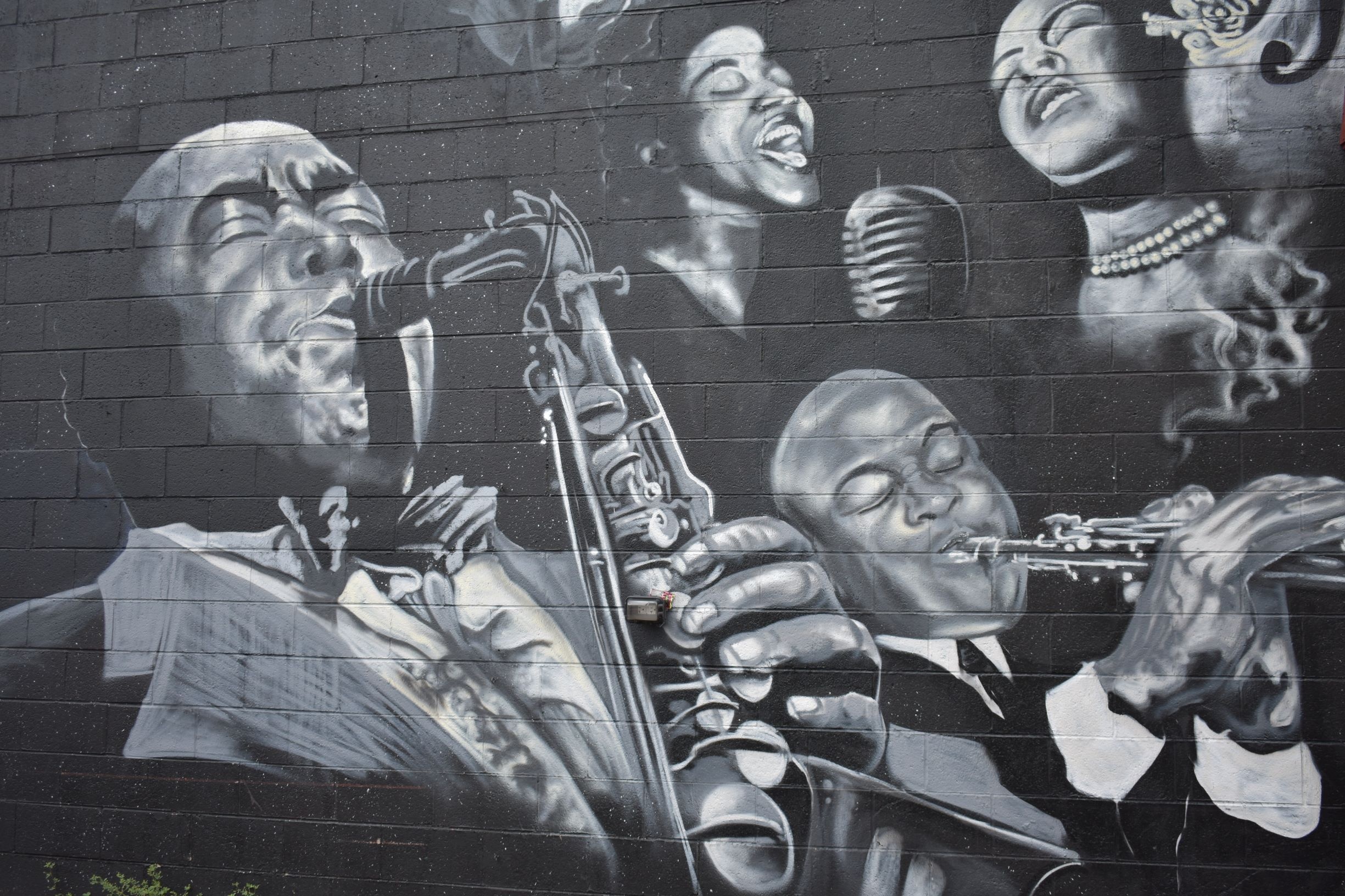
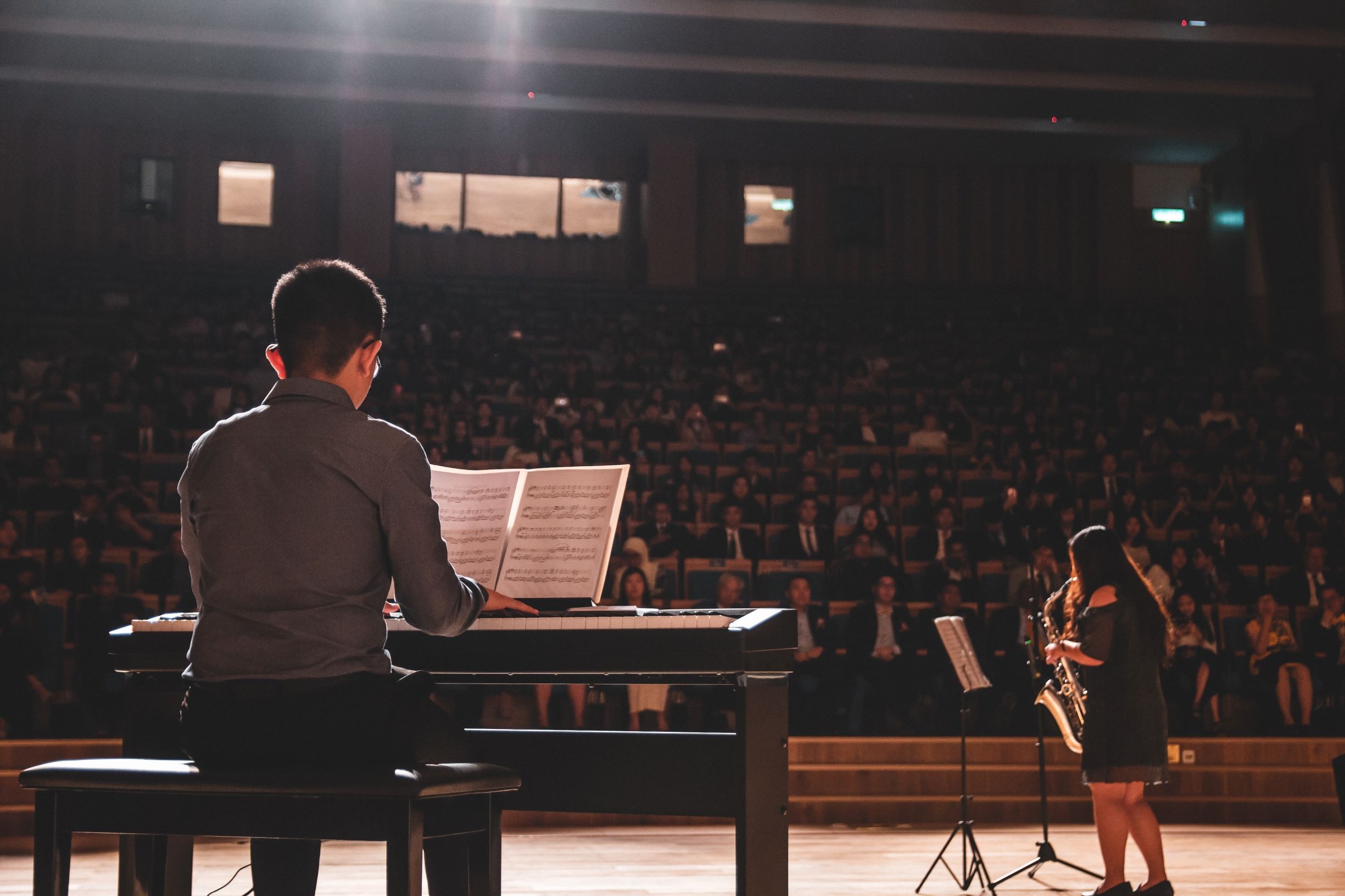
Scents
Scents are a good alternative for changing someone’s mood. Certain scents can get someone to get energized, relax, and help with anxiety.
These are different items that scents come from:
Incense
Candles
Essential Oils
Lotions
Scented Baths
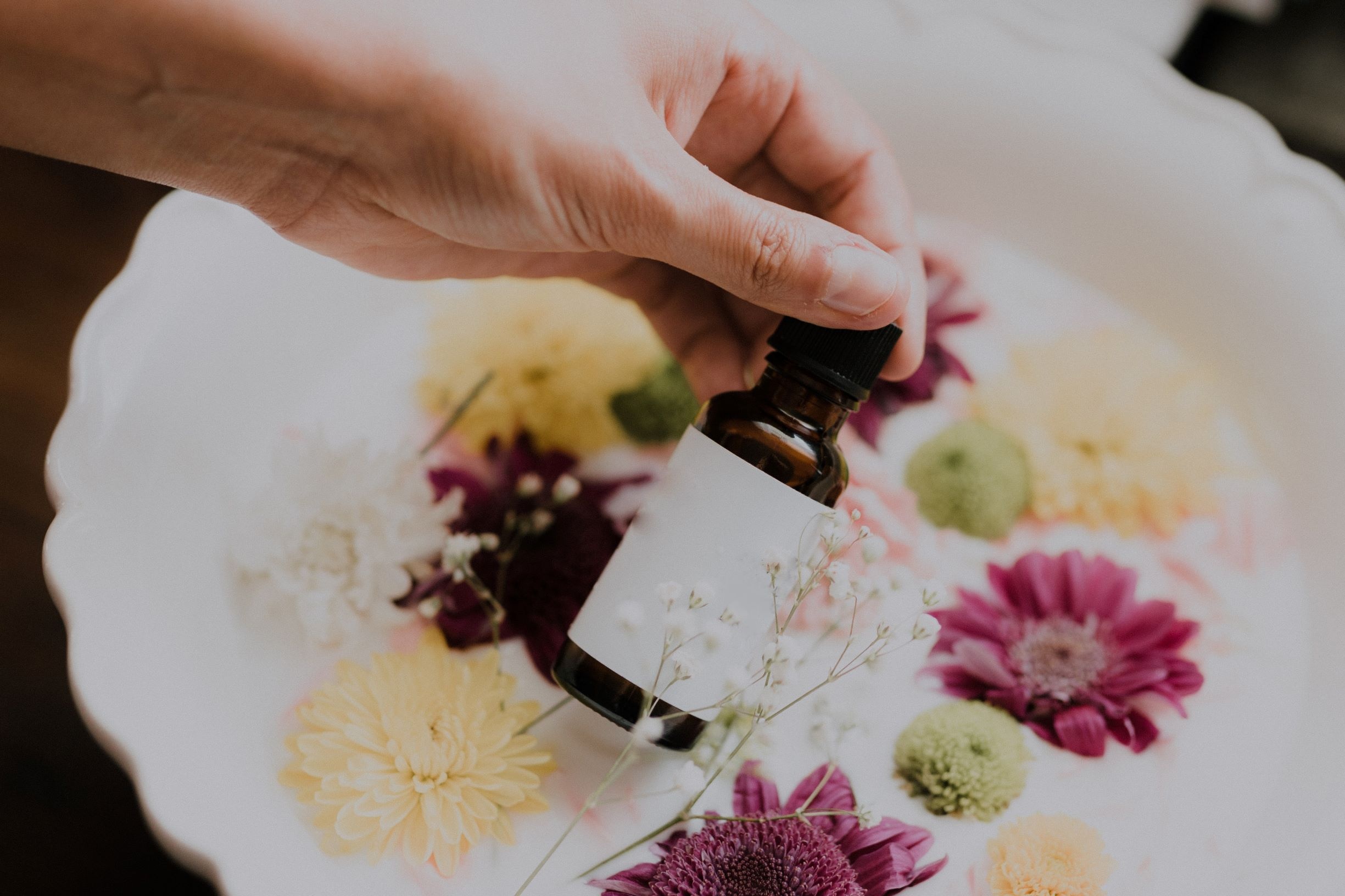
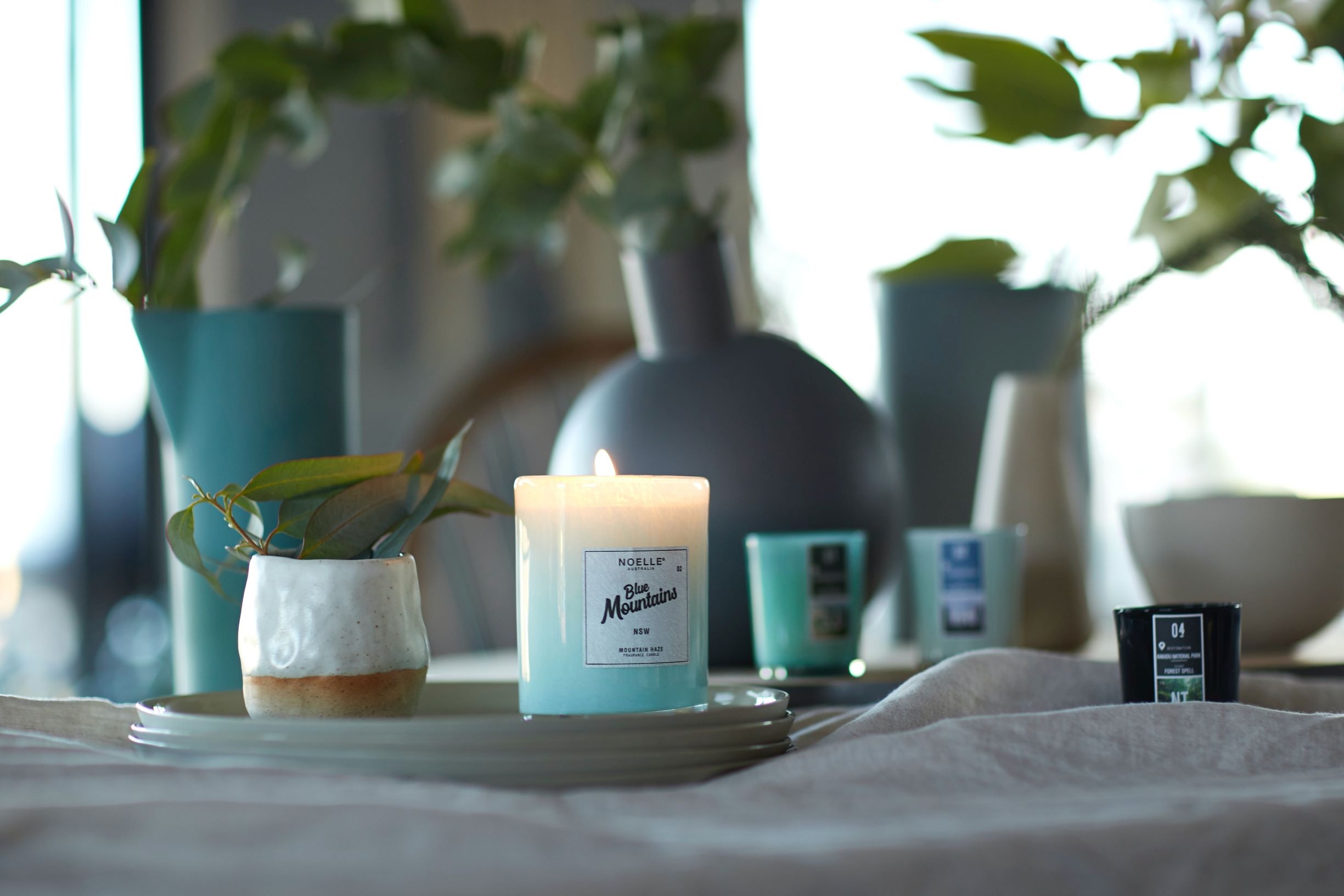
Items that can be used for scents:
Scents for energy; orange, peppermint, lemon, eucalyptus and rosemary
Scents for relaxation; lavender, vanilla, chamomile, and rosemary
Scents for anxiety; lavender, rose essential oil, ylang-ylang essential oil, bergamot, German chamomile, jasmine, clary sage
Wellness
“If you get tired, learn to rest, not give up”
Banksy.
Nutrition
Practicing healthy eating habits from a young age creates overall wellness for a growing youth. Having the proper nutrients for growth and brain development is an important part of wellness.
- Fruits and vegetables- Make it half your plate
- Grains- Choose whole grains
- Proteins- Power up with low fat or lean meats
- Dairy- Build strong bones with fat-free or low-fat milk products
Click here for more information.
- Try to limit foods like cookies, candy, frozen desserts, chips, and fries, which often have a lot of sugar, unhealthy fat, and salt.
- For a quick snack, try recharging with pear, apple, or banana; a small bag of baby carrots; or hummus with sliced veggies.
- Don’t add sugar to your food and drinks.
- Drink fat-free or low-fat milk and avoid sugary drinks. Soda, energy drinks, sweet tea, and some juices have added sugars, a source of extra calories. The 2015-2020 Dietary Guidelines External link call for getting less than 10 percent of your daily calories from added sugars.
Here is an example:
Breakfast: a banana, a slice of whole-grain bread with avocado or tomato, and fat-free or low-fat milk
Lunch: a turkey sandwich with dark leafy lettuce, tomato, and red peppers on whole-wheat bread
Dinner: two whole-grain taco shells with chicken or black beans, fat-free or low-fat cheese, and romaine lettuce
Snack: an apple, banana, or air-popped popcorn
Visit this website for a detailed guided approach to meal planning:
Exercise
Regular exercise is important for teenagers because it helps maintain their physical and mental health. Teens should strive for at least 60 minutes of moderate to vigorous physical activity daily, aiming to spend less time being sedentary and more time being active.
Squats: Squats are known to strengthen the lower limb muscles, and increased squatting strength is linked to sports performance. Increased strength in squats may have a positive effect on sprinting and vertical jumping. This exercise also builds lower limb muscle strength and lean mass, which could help in countering age-related issues in later stages of life https://www.momjunction.com/articles/workout-plans-for-your-teenage-girl_00364027/
Bicycle crunches: According to a sponsored study by the American Council on Exercise (ACE), bicycle crunches are ranked as one of the best ab exercises. This bicycle crunches might help in flattening and strengthening the abdominal muscles https://www.popsugar.com/fitness/How-Do-Bicycle-Crunches-958400
Leg exercises: Leg workouts help not only to strengthen the lower parts of the body but also to activate the core muscles. Also, lower body workouts could bring your heart rate up, so your cardio is also taken care of. Well-trained legs also increase your running performance and may aid in losing weight. https://www.youtube.com/watch?v=aCa8R9II8F0
Want to know if you are exercising the right way? Check these tips out!: https://www.verywellfit.com/exercise-for-teens-1229644
Other fun ways to exercise!
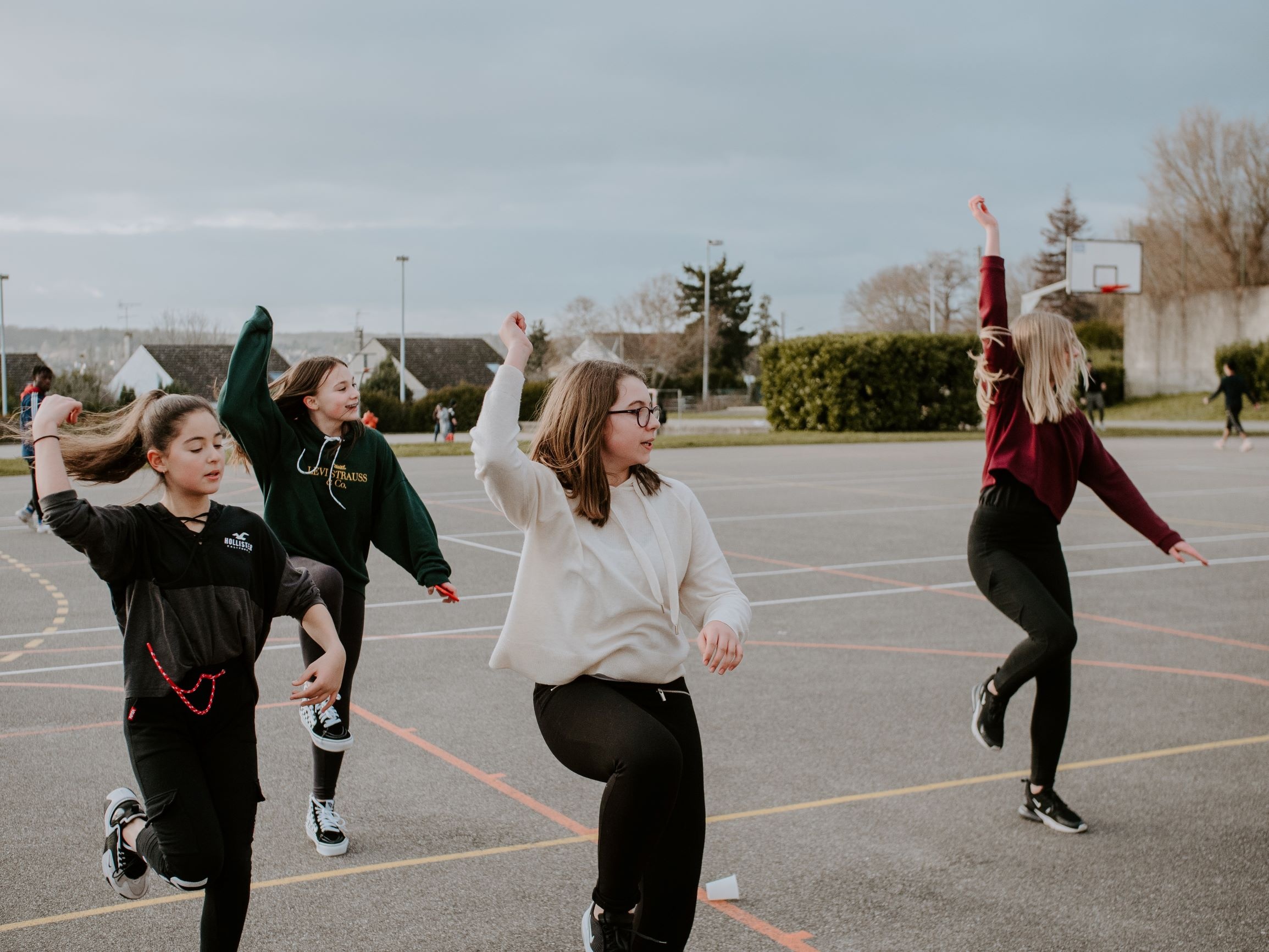
Movement- movement can help calm strong feelings whether it is anger, anxiety, or whatever it may be. All these forms of movement can help youth of all ages cope with their feelings and problems.
Yoga -Yoga is a way to exercise our bodies, our breath, and our minds all at the same time. There are many different types of yoga and it’s important to find one that you enjoy and fits your lifestyle.
- Chair yoga
- Beginner? No worries, here is a 10 min Beginner Video
Stretching-A balanced exercise routine includes aerobic activity, strength training, and stretching. Stretching not only feels good, but may help prevent muscle injuries.
- Check out this stretching video for beginners
Mindful Body/Posing- One easy way for teens to dip their toes into mindfulness is through body poses. To get you excited let’s learn fun poses that can help you feel strong, brave, and happy.
Walking- Something as simple as a daily brisk walk can help you live a healthier life. For example, regular brisk walking can help you: Maintain a healthy weight. Prevent or manage various conditions, including heart disease, high blood pressure and type 2 diabetes.
Coping Skills
“Respond; don’t react. Listen; don’t talk. Think; don’t assume” –Raji Lukkoor
Coping skills are methods an individual uses to deal with stressful situations. These may help a person face a situation, take action, and be flexible and persistent in solving problems. Below are different skills and strategies that can be used depending on the person and the situation. It’s important to know that not every coping skill works for every person. In this area you can find different ways people deal with certain stressors.
- Instrument
- Whether it be the piano, guitar, or flute, learning to play an instrument can help youth in many ways. This can be exciting for youth because they can learn to play their favorite song or practice their determination and dedication to the activity. There are many online options that can help youth practice learn a new instrument.
- Sports
- Joining a sports team is a great place for youth to learn teamwork and get some energy out. If this is not an option, practice a sport in the backyard, patio, or in a large room can be fun as well. Physical exercise can help keep youth healthy and even sleep better at night.
- Playing a board game/card
- Games are a great part of a family routine or fun to do with a friend. Having a game night can help families bond and keep youth engaged and involved. It is a great way to learn new skills, develop discipline and create responsibility.
- Art
- Art is great for helping youth express themselves in a creative way. There are so many different types of art that youth can practice and many can be done at home such as painting, coloring, drawing, and photography. This can help youth become more independent, focused, and learn more about themselves.
- Sleep Schedule: The brain and body experience significant development, and the transition to adulthood brings important changes that affect emotions, personality, social and family life, and academics. Having a good sleep schedule will aid in this process.
- Doing nothing– “Doing Nothing” is actually doing something, it is the practice of ‘Mindfulness” and giving ourselves permission to do nothing.
- Clearing Head: When you are in need of tension relief, try one of these techniques.
- Heartbeat Exercises: This exercise teaches youth to notice their heartbeat and use it as a tool to help their focus.
Read a book:
Check out this Barnes and Noble subsection for more books!
If you’re feeling anxious, explore some of these books to learn new coping skills:
Breathing Techniques
Breathe in. Breathe out. We do this all day, every day without a thought. But did you know that deep breathing is one of our easiest, most convenient, and natural tools to combat issues like stress and anxiety and reduce pain. Deep breathing is one of the best ways to lower stress in the body. This is because when you breathe deeply, it sends a message to your brain to calm down and relax. Breathing exercises are easy to learn. You can do them whenever you want, and you don’t need any special tools or equipment to do them. Below are some examples of breathing exercises that are simple yet effective!
Relaxing – This may look different for every individual. Learn what that means for you.
Deep Breathing – Use these techniques to relax and ease stress.
Breath Focus – Here you will learn deep breathing while blending it with imagery.
Progressive Muscle Relaxation – Learn to slowly tense and relax every muscle group.
Modified Lion’s Breath – This technique releases tension and stress by stretching your entire face.
Belly Breathing – Learn to use your belly to get the most out of focus breathing.
5-4-3-2-1 Grounding Technique – Mindfulness way to relax.
Journaling
Writing/Journaling -Journaling is great for youth of all ages. It can encourage them to get out their negative emotions or to help them cope with anything that is going on in their lives. Journaling can be done through writing poetry, current issues, non-stop writing, letters, etc. This is especially good for people who have trouble verbally expressing themselves.

Journaling/Writing Links and Apps:
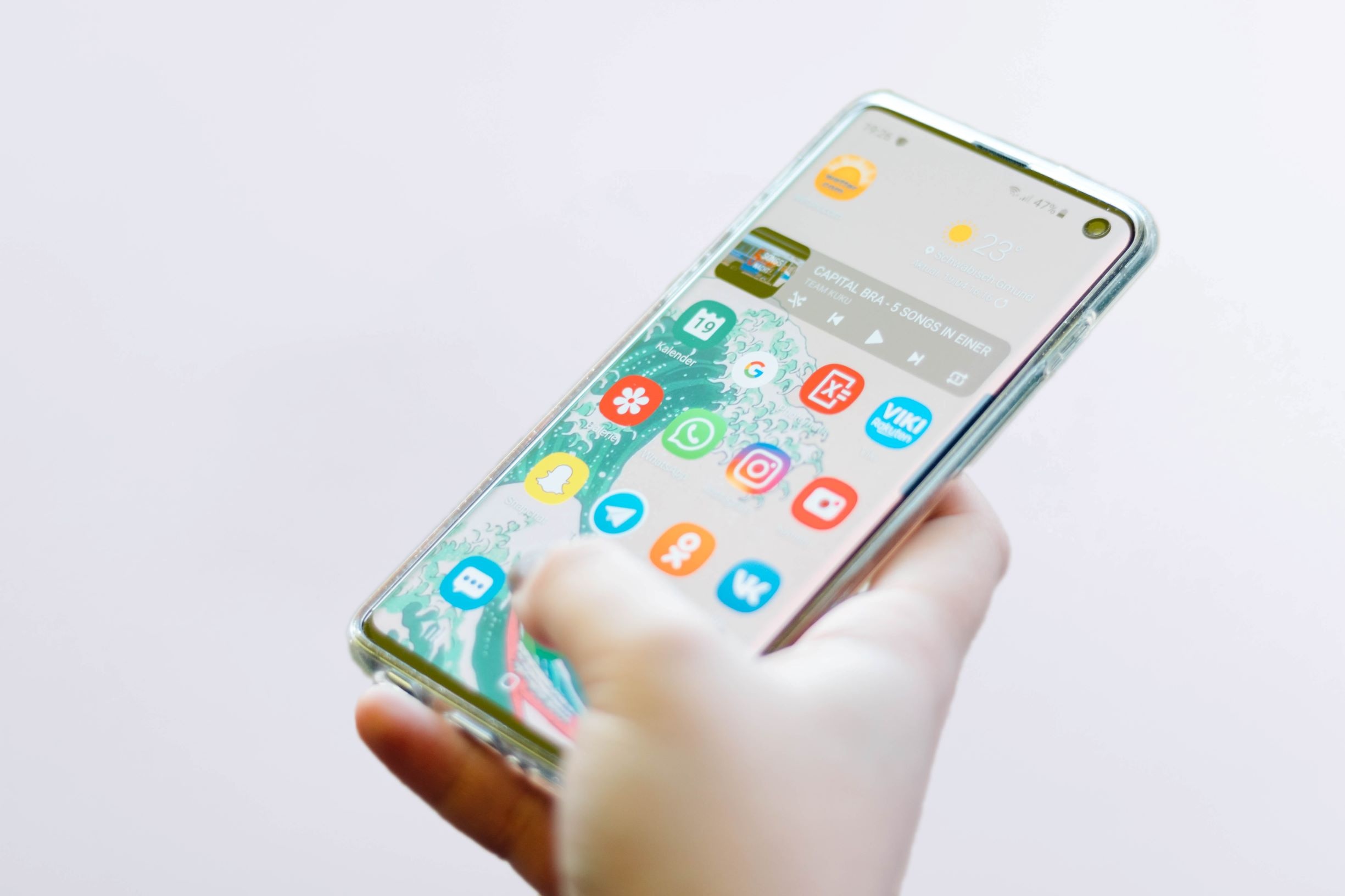
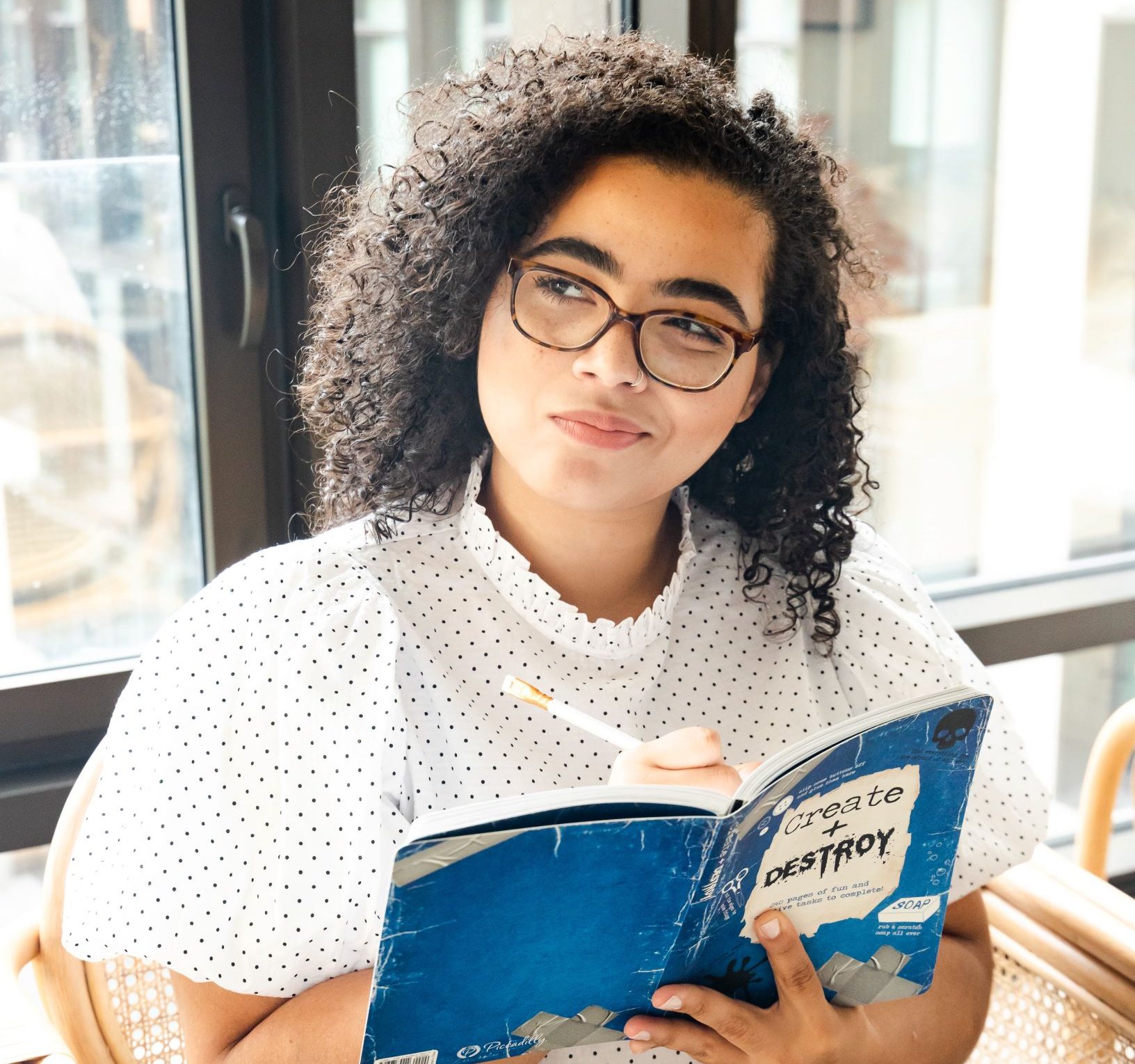
Prompts to help you get started:
- What makes you happy?
- What makes you sad?
- What is something good that happened today?
- What is something that you feel could have gone differently today?
- What do you hope for in the future?
- What do you get excited to do?
- What do you do when you are upset?
Color

Colors have been shown to bring positive moods to many people. Some colors that have this effect are blue, violet, pink, green, gray, tan, white, and yellow. Below are some activities that they can do and use some of these colors to help them feel calm and de-escalate from a stressful situation.
Drawing-Sketching and drawing is a great way to improve your creative skills and start thinking in a different way. Art shows you that there is normally more than one way to solve a problem. Art encourages open-ended thinking and creativity. These can be really helpful for personal development and solving problems https://sketch.io/sketchpad/
Color Therapy App (Free on Apple and Android) This is a great app for creating art and finding a way to reduce stress and relax.
Paint by Number Coloring App (Free on Apple)- This is an art drawing game to color modern artworks for coloring by number.
